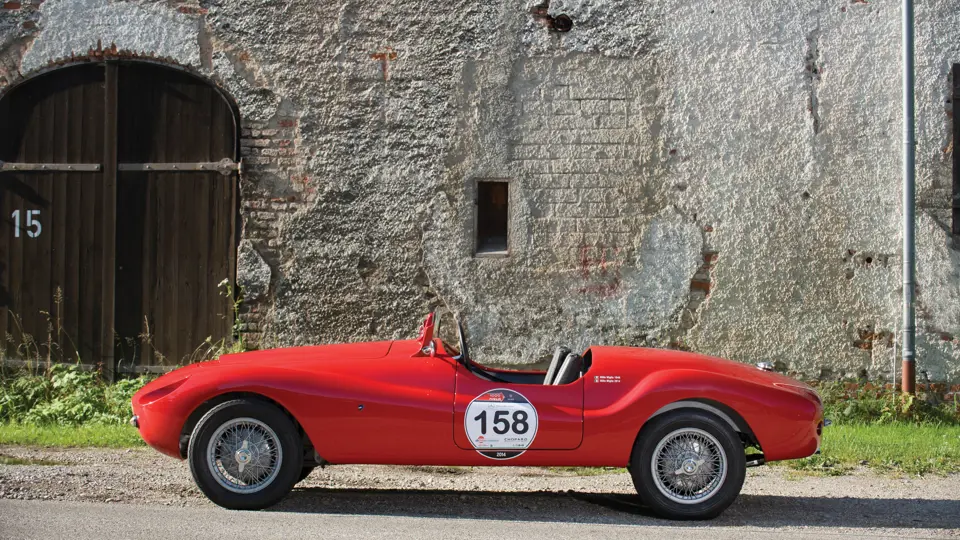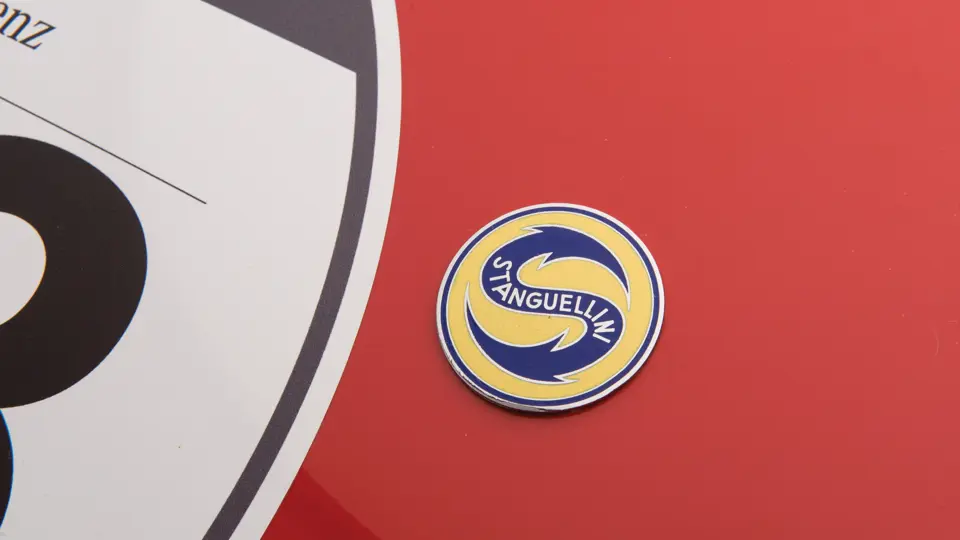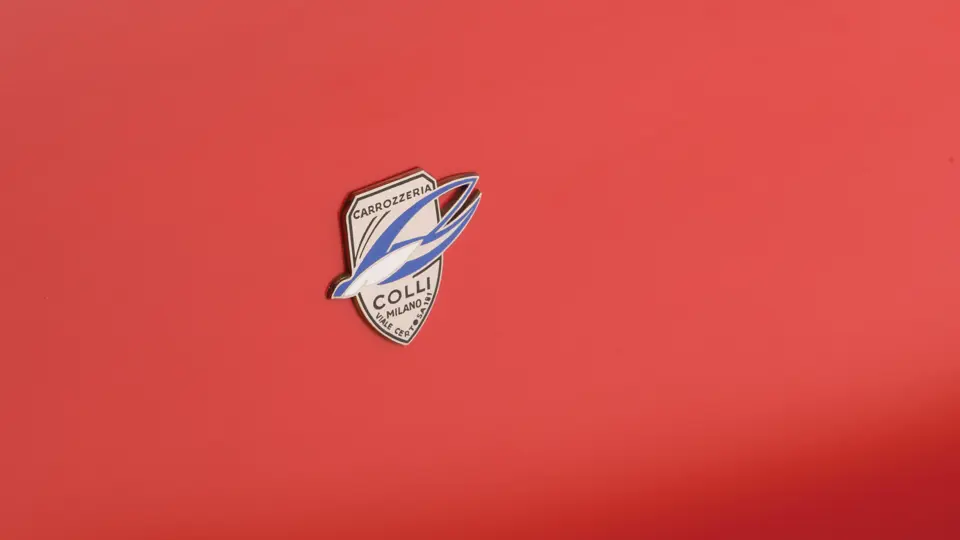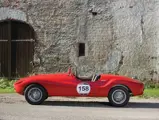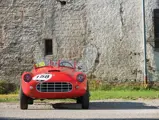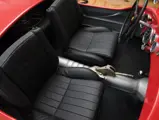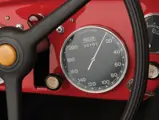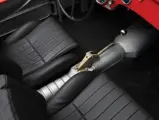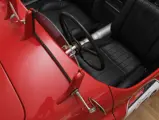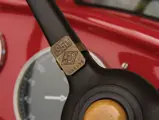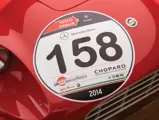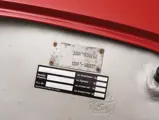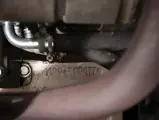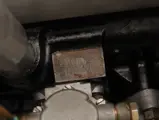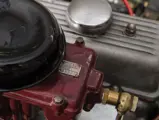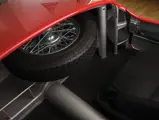51 bhp, 1,089 cc OHV inline four-cylinder engine, four-speed manual transmission, coil-spring independent front suspension, live rear axle with semi-elliptical leaf springs, and four-wheel hydraulic drum brakes. Wheelbase: 2,350 mm
The 1100S was Fiat’s first post-war sports car, but it had a strong lineage with the pre-war 1100 “Nuova Balilla”, which appeared in 1937 and begat the Mille Miglia-winning 508 C MM of 1938. Despite retrograde styling, the 1100 was described by author L.J.K. Setright as “the only people’s car that was also a driver’s car”. The 1100S Mille Miglia was based on the light and rigid X-member frame of the 1100B saloon, with the aerodynamic body being developed by Fiat’s Carrozzerie Speciale department, which was directed by Giuseppe Cogno. Wind-tunnel testing allowed the 1100S MM to reach speeds of 150 km/h, and 1100S MMs took 5th through 9th places at the 1947 Mille Miglia, followed by 2nd, 3rd, and 4th place finishes in 1948.
This matching-numbers car was completed on 18 November 1948 as a berlina, according to Fiat Archivo Storico, and was delivered to Fiat’s Milan dealer. According to the present owner, when their application was submitted for participation in the Mille Miglia Storica, it was discovered that this car’s very chassis number was a period entrant in that legendary race. The tube-framed barchetta body was fitted sometime later, possibly in the 1950s. Interestingly, the body was at one time attributed to Carrozzeria Colli, of Milan, but more recent research leans towards Stanguellini, the Modena builder of small Fiat-based sports cars. Stanguellini and Colli worked together during this period, but the lack of an official Stanguellini register leaves some uncertainties. Regardless, Fiat did not deliver bare chassis to outside coachbuilders, so all 1100S cars with special bodies started life as berlinas.
Ultimately, the car was discovered in a Frankfurt scrap yard in the 1960s by a car dealer, who ended up keeping it in storage until 1994. It was last registered in 1961 in Frankfurt, where it was acquired by collector Claus-Jürgen Lorenz, of Mainz, and it was subsequently attained by the Fendt Collection in 2007. During this ownership, the car was still in barn-find and disassembled condition, so it was entrusted to Kupka Karosseriebau in Hebertshausen, known for also building special prototypes for German manufacturers, who performed the transformation to its present state. The engine and chassis were overhauled by Delio Galassi, of Savignano Sul Rubicone, Italy, who is renowned for rebuilding Fiat 1100 MMS engines. The car was then finished and detailed by Leo Aumueller, an Abarth and Fiat specialist in Germany. It was displayed at the Schloss Dyck Concours d’Elegance in 2013 and also participated in the Mille Miglia Storica in 2014.
This example is still fitted with its original features, and it still retains its original Fiat 1100 engine, which is fed by the very rare and correct bronze Weber carburettor, amongst other hallmarks of its authenticity. Only the seats are of a more modern style, as they have been installed for added comfort on historic rallies. The car is accompanied by a FIVA Identity Card, category A/3, documenting its eligibility for sanctioned events.
This exciting little barchetta typifies the Italian artisan approach to motorsport in the early post-war era. It has a fascinating early history and is well sorted for many more future events.




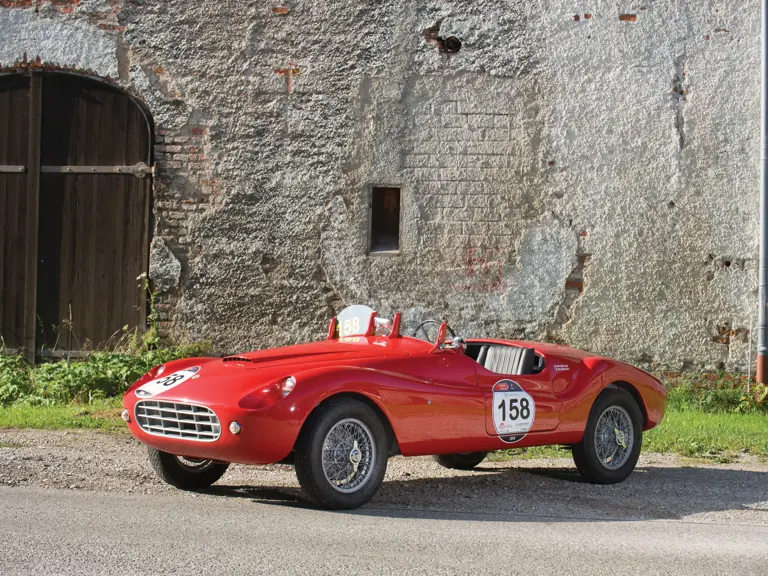
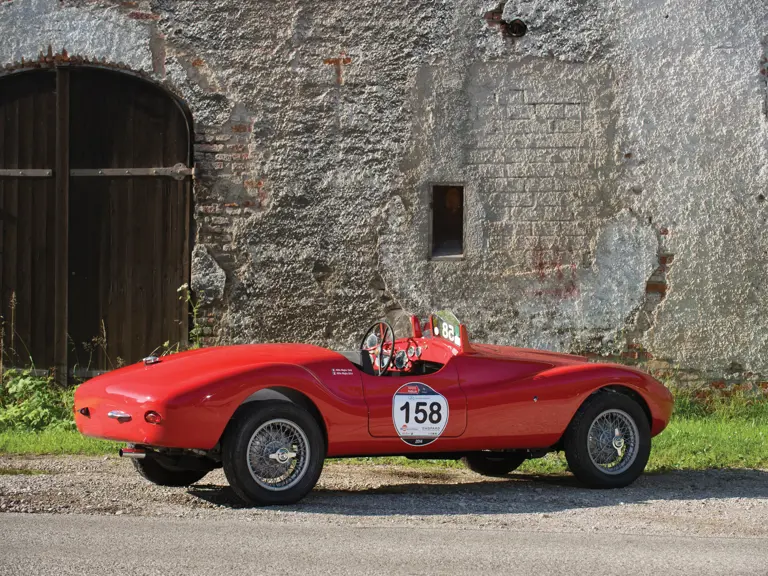
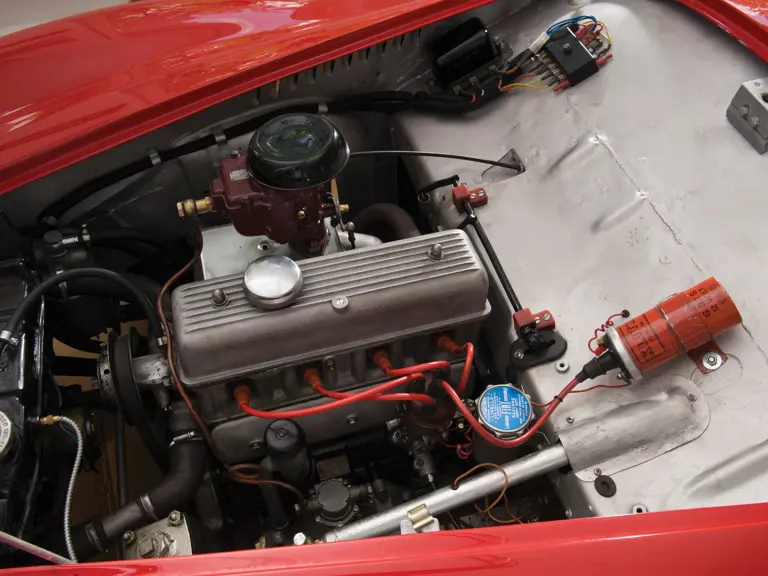
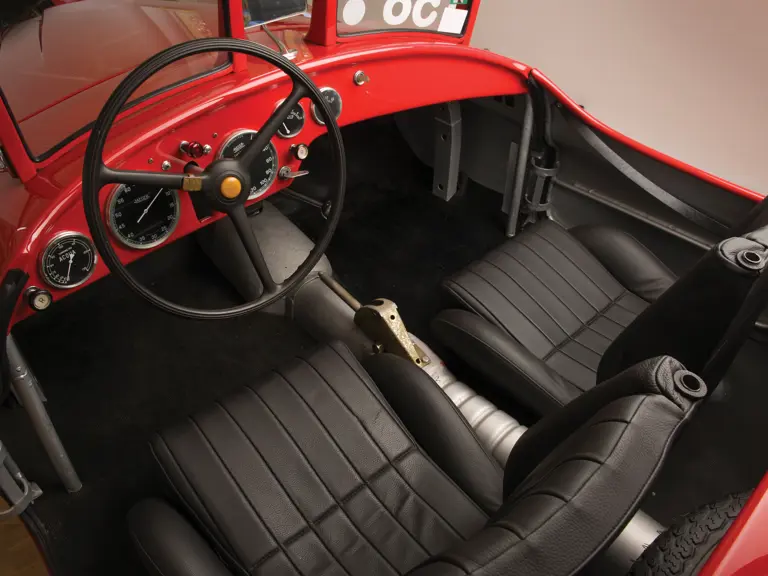
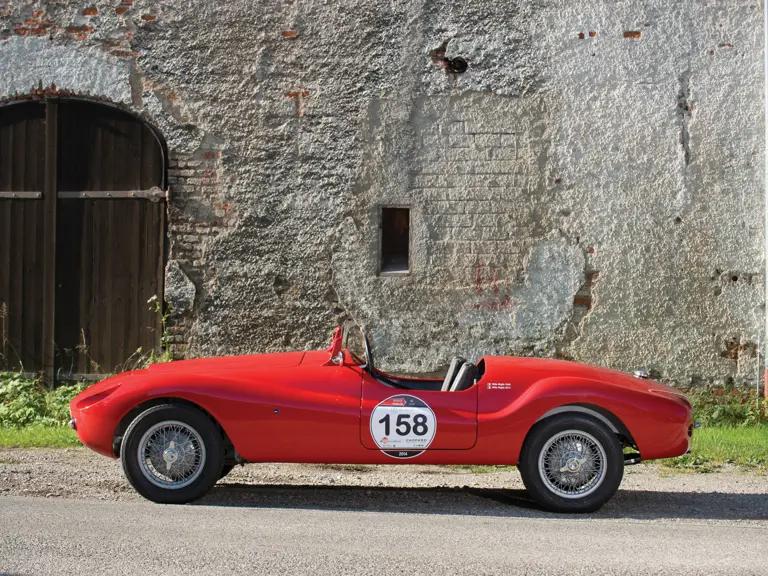
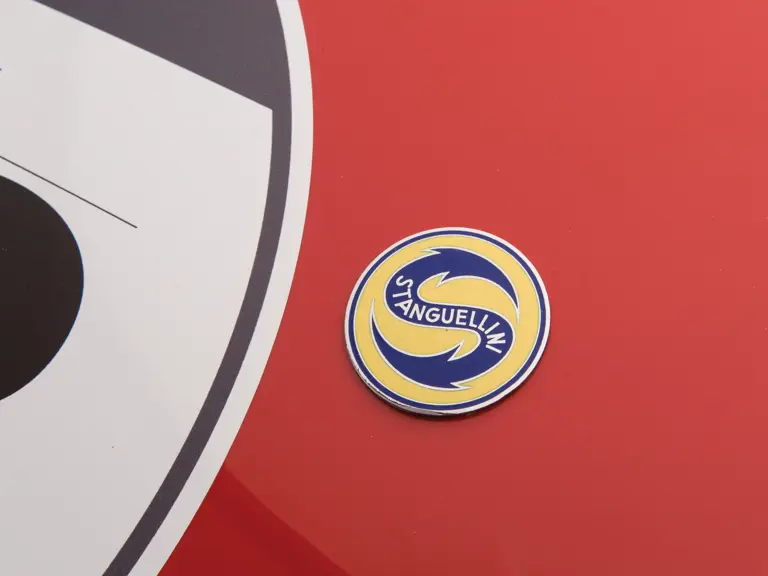

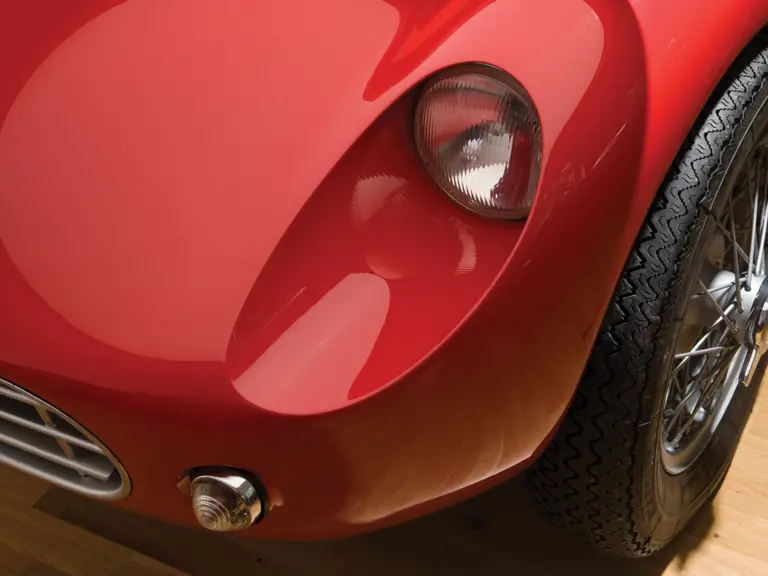
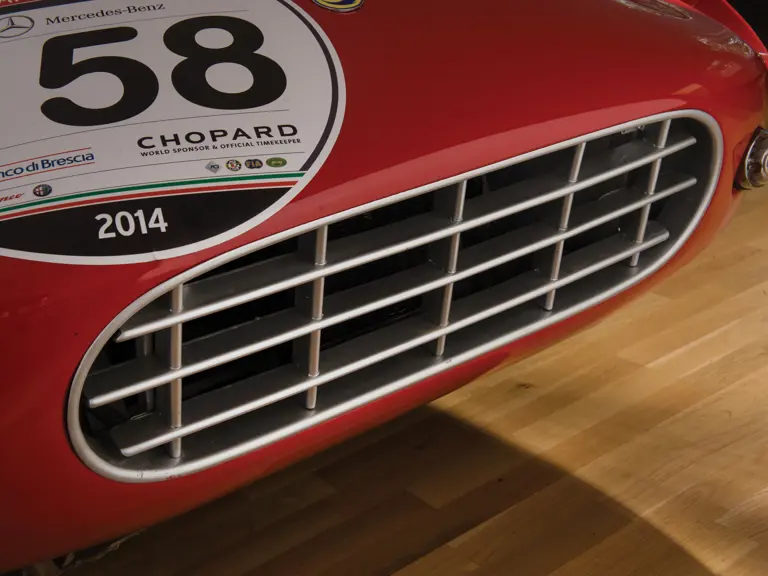
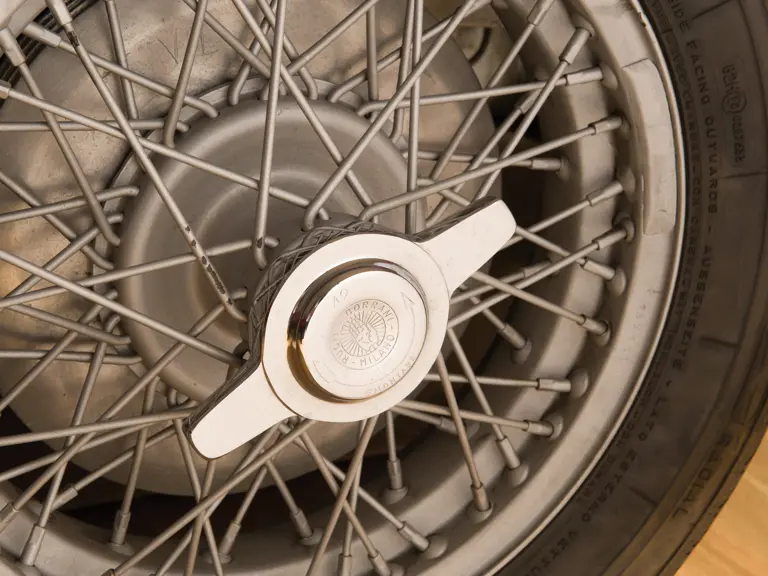
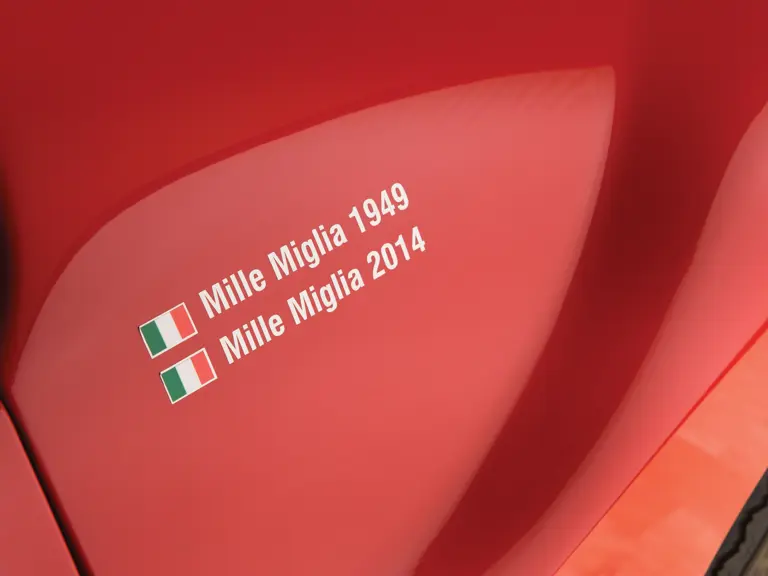
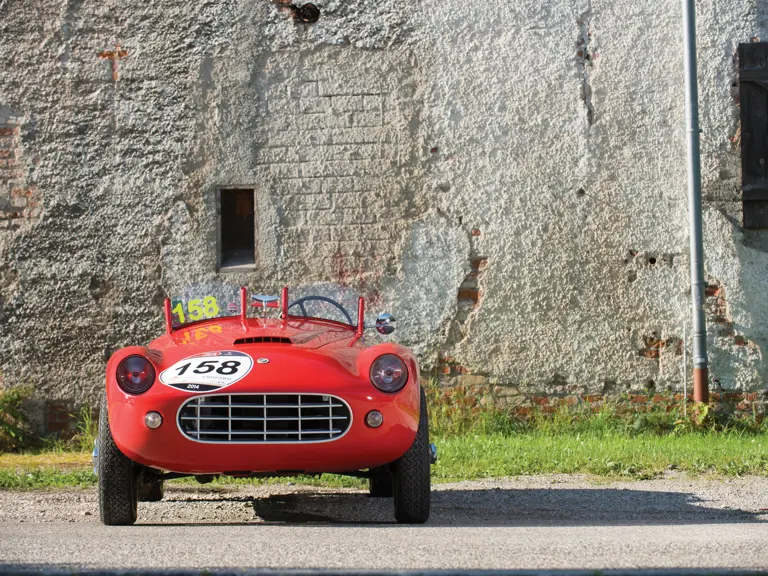
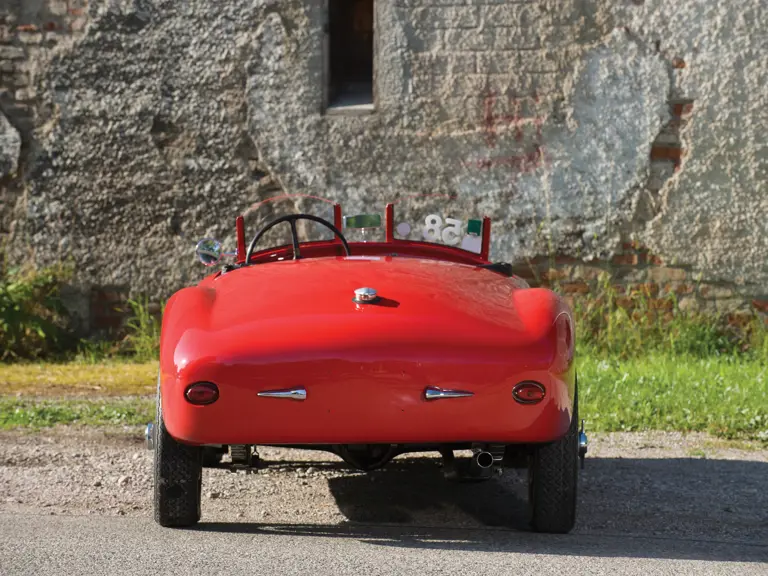
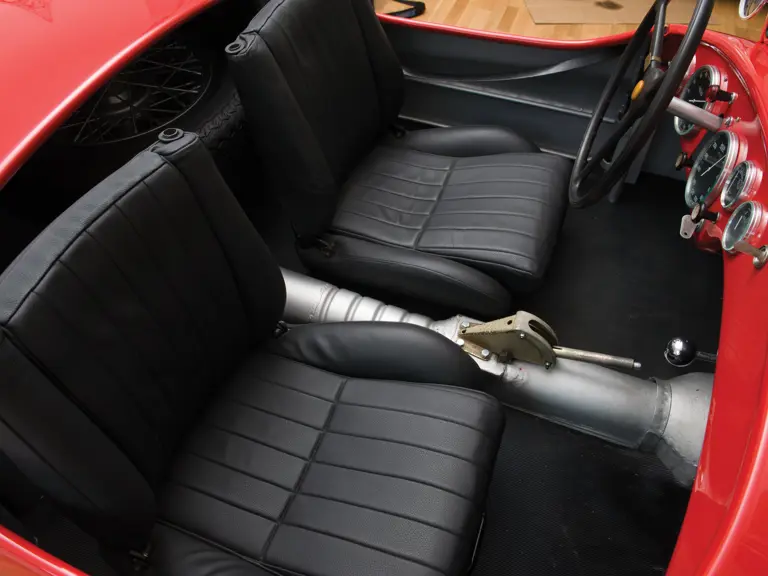
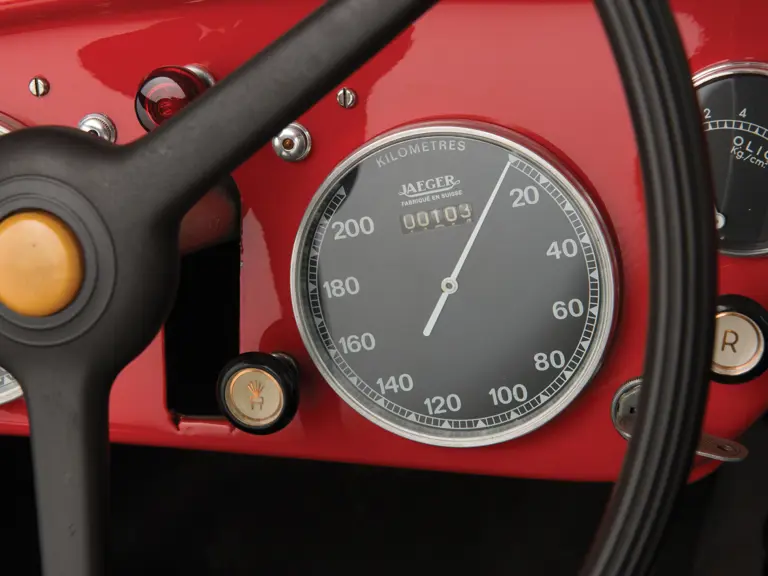
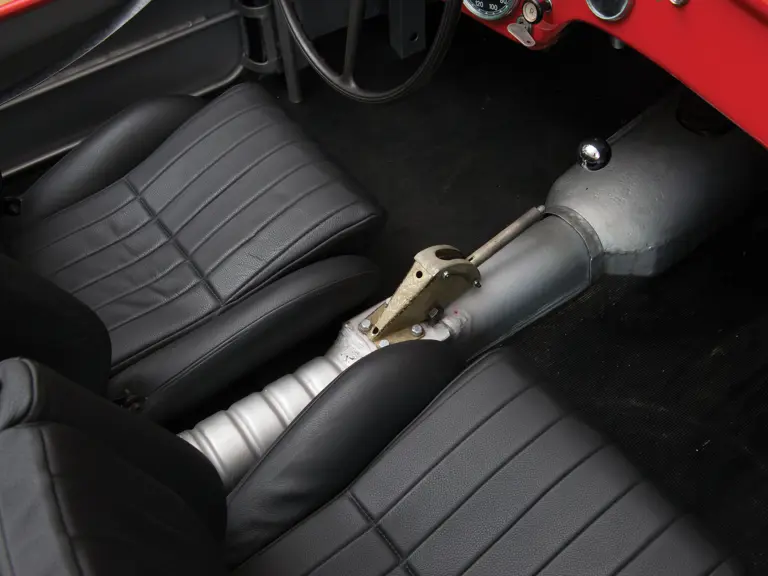
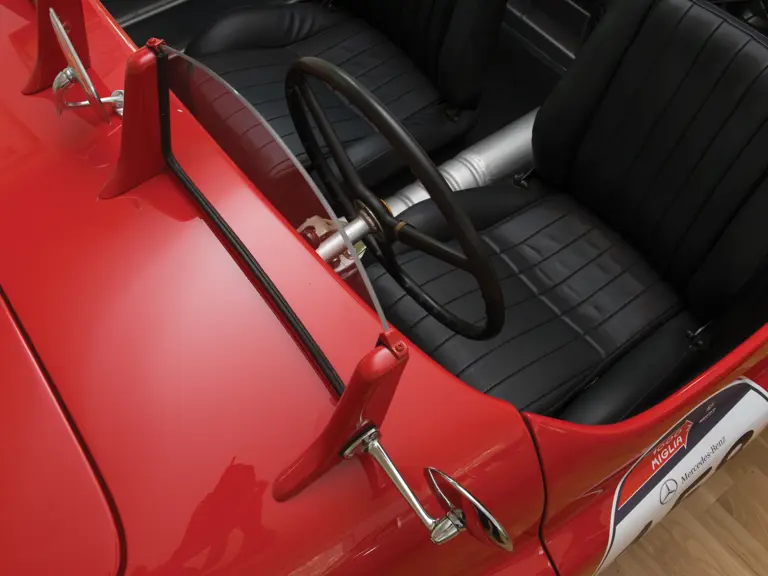
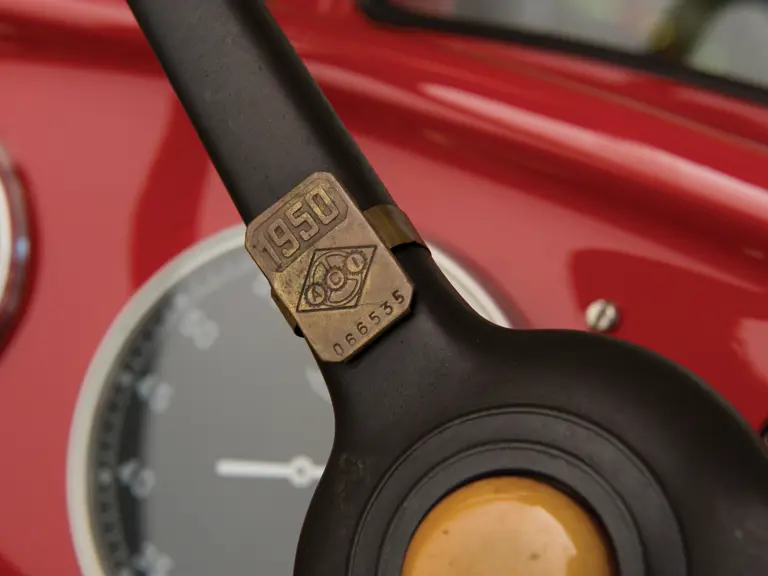
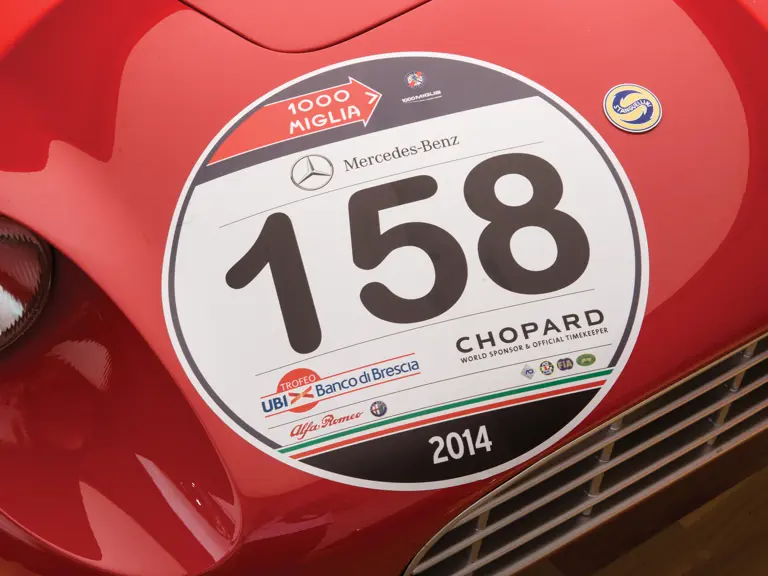
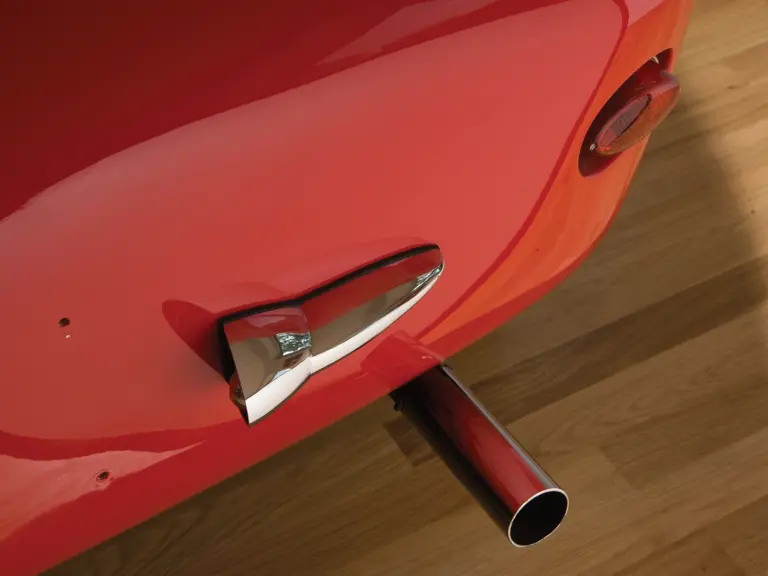
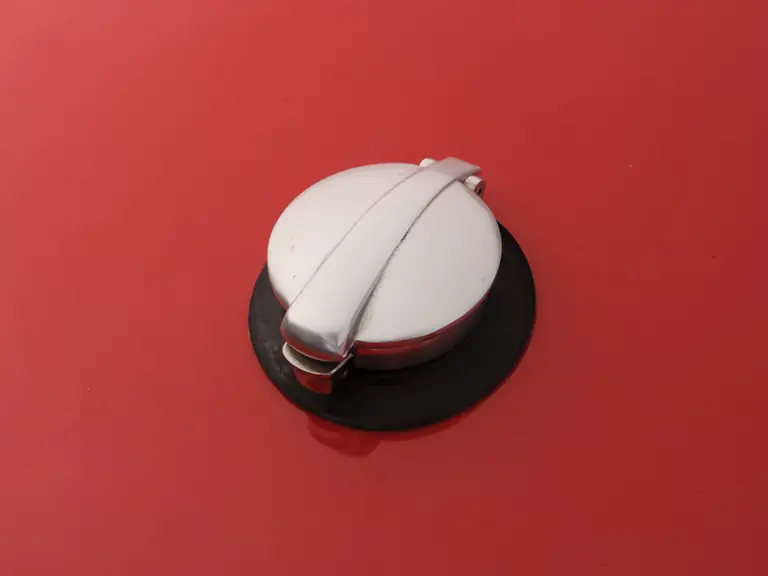
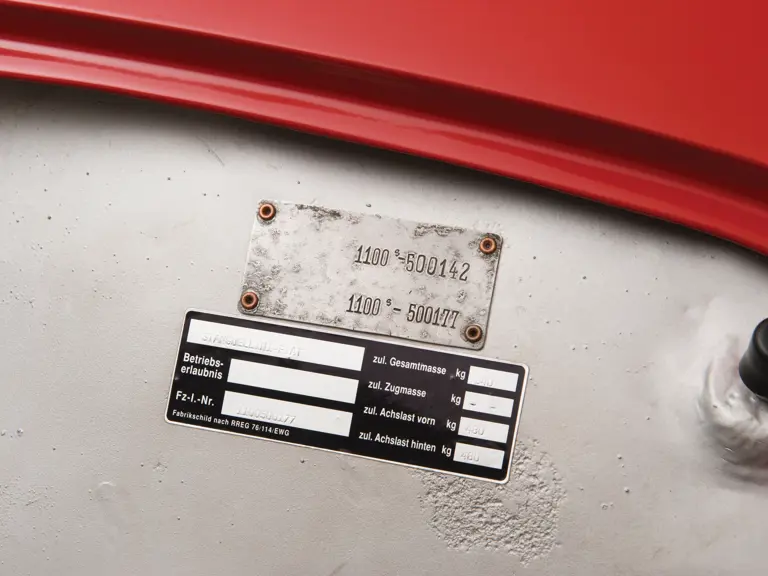
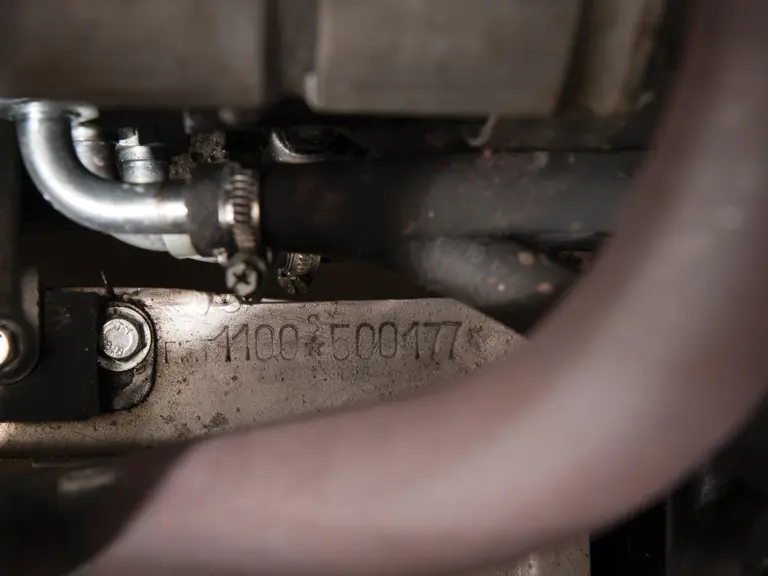
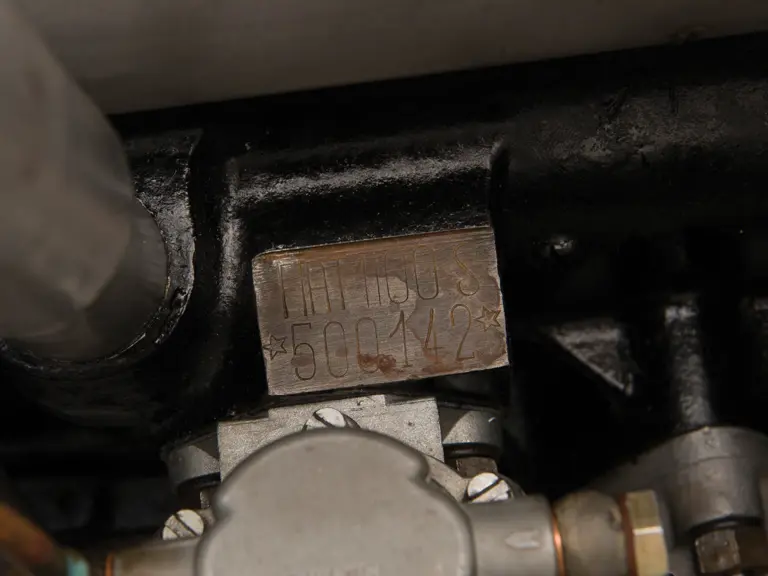
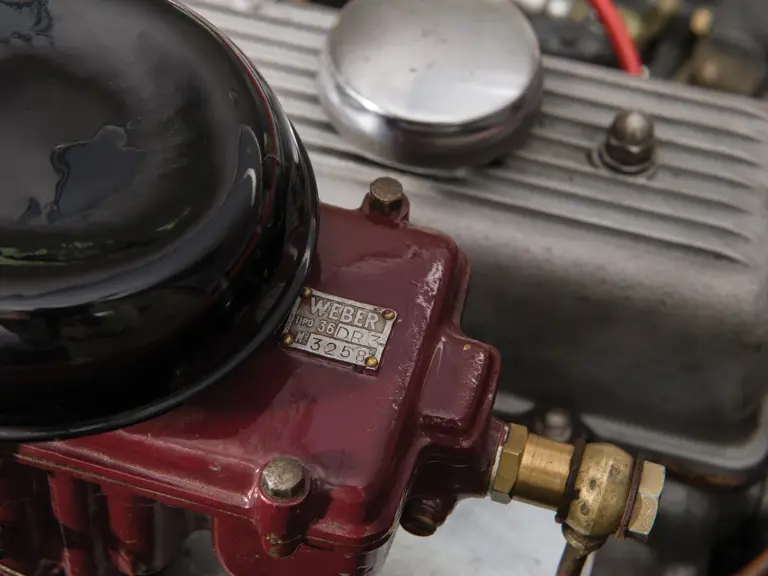
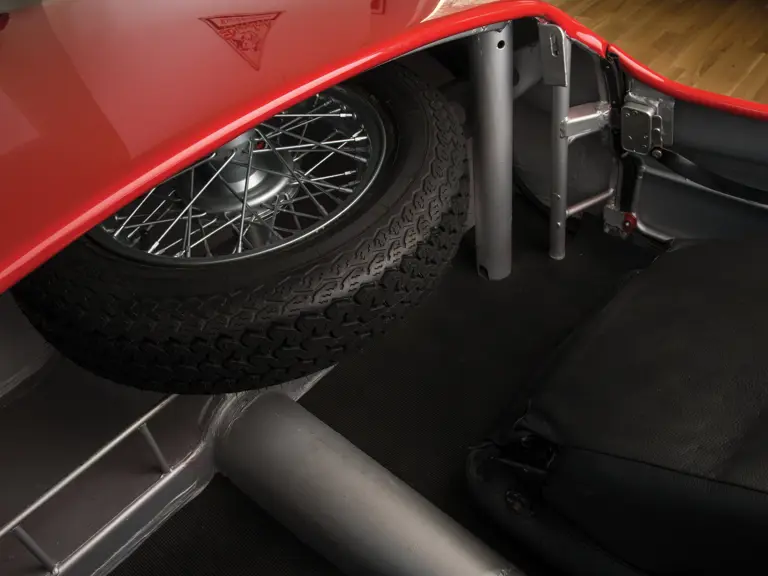
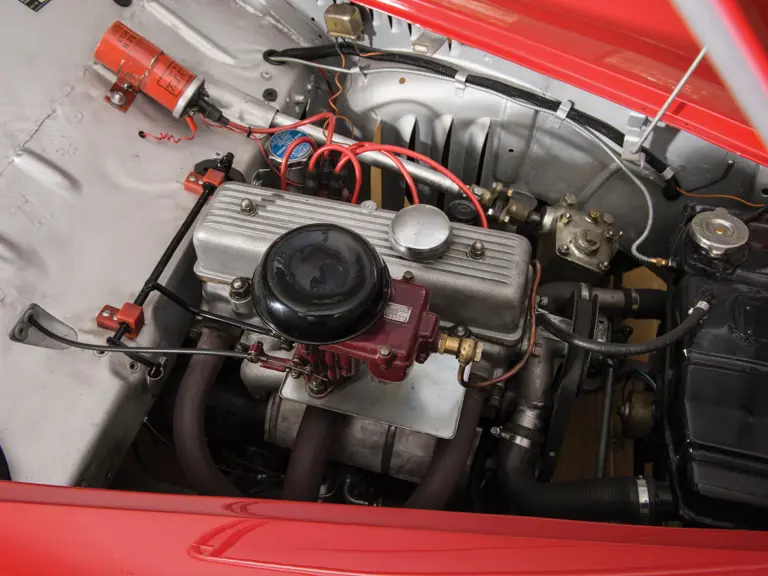
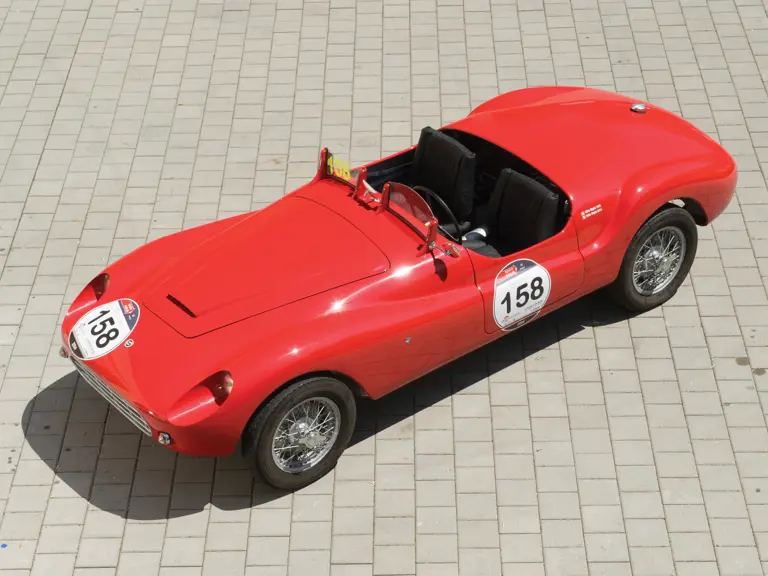


 | London, United Kingdom
| London, United Kingdom
